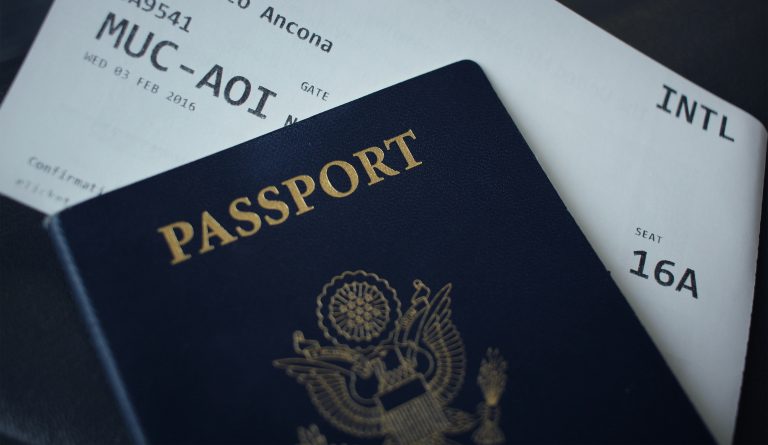As you calculate your cost plan for hiring a new employee, you try to predict every future expense and avoid unexpected surprises as much as you can. Did you know that in some countries you would be required to pay 13th and 14th salaries? If you are hearing this for the first time, you are probably wondering whether these countries have extra 2 months on their calendar. Well, they don’t, they have only 12 just like the rest of the world.

Where will you be required to pay these amounts?
These are payments you must be familiar with if you are employing or about to employ in overseas markets. There is no specific global standard regarding these bonuses and they are usually mentioned in the employment contract. 13th salary is a monetary benefit which in some countries is regulated by law and in some is custom to pay the employees. In Asia, the 13th month bonus is a mandatory payment if you employ in the Philippines, Indonesia and India but is customary if you are employing in Singapore, Hong-Kong, or China. Europe and Africa pay the 13th bonus as it has been customized though not regulated. Latin America mandates this payment in most of its countries.
What is it for?
It is a benefit which is considered as a bonus payment and is usually paid at the end of the year (not as a Christmas bonus). Some companies split it in to 2 payments, in summer and winter. In any case, it is paid no later than December 24th. 13th month bonus usually applies to employees with a fixed monthly wage working in the private sector. Employee’s seniority, also determines the amount.
How is it calculated?
The bonus amount varies between employees as it is based on their salaries. Common calculations of the 13th salary amount are:
* Calculated as one twelve of the salary.
* Total salary divided by 13 months.
* Bonus based on the highest paying month.
* Average of last 3 paid months.
In general, the bonus is tax exempt, although each country has a different cap to the level which is subject to income tax.


Where did these payments come from?
13th month bonus started in 1975 in the Philippines when it became a mandatory payment. This was an action of then President Ferdinand Marcos and was Presidential Decree No. 851. He ordered all private employers to pay their employees receiving a basic pay of not more than P1,000 a month, regardless of the nature of their employment, a 13th month pay not later than December 24th of every year. The decree aimed to make up for the failure of Congress to increase the minimum wage rates since 1970 and to give the working masses the opportunity to celebrate the holidays and is paid until these days.
Due to COVID-19, the Philippines encouraged employers in the private sector to pay the 13th bonus to their employees as an advance. Though this was not given as a mandatory order by the government, most of the employers joined this practice.
14th Salary


Italy pays its salary in 14 equal payments as a result of the collective bargaining agreement. The 14th month bonus is paid on the first of July. Not paid to all employees, this bonus is mainly meant for managers, executives and employees in the commerce industry, which includes mainly foreign employees working in Italy.






